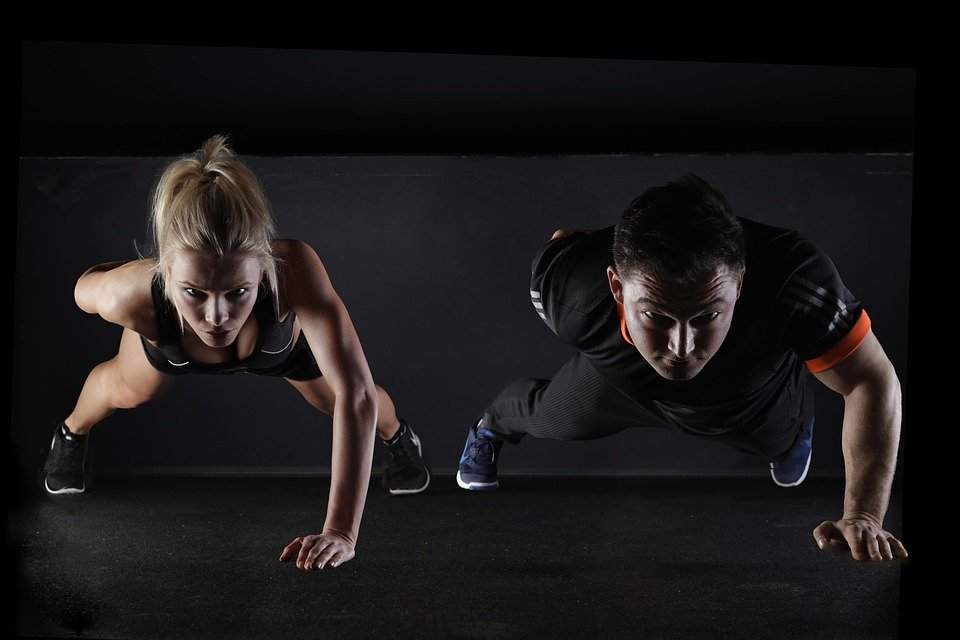[ad_1]
For athletes, recovery is just as important as training itself. Proper muscle recovery helps improve performance, reduce injury risk, and enhance overall athletic longevity. Whether you’re a professional athlete or a fitness enthusiast, incorporating effective recovery techniques into your routine can make a significant difference. Here are the top muscle recovery techniques every athlete should try.
1. Proper Nutrition & Hydration
Fueling your body with the right nutrients is essential for muscle repair.
- Protein Intake: Consume high-quality protein (such as lean meats, eggs, or plant-based options) to aid muscle repair.
- Carbohydrates: Replenish glycogen stores with complex carbs like sweet potatoes, oatmeal, and quinoa.
- Hydration: Water and electrolyte-rich drinks help flush out toxins and prevent muscle cramps.
2. Active Recovery
Light movement on rest days promotes blood flow and reduces stiffness.
- Low-Impact Exercises: Swimming, cycling, or yoga can enhance circulation without straining muscles.
- Dynamic Stretching: Helps maintain flexibility and prevents muscle tightness.
3. Sleep & Rest
Sleep is when the body repairs muscle tissue and releases growth hormones.
- Aim for 7-9 hours of quality sleep per night.
- Consider napping if your training intensity is high.
4. Foam Rolling & Self-Myofascial Release
Foam rolling breaks up muscle knots and improves mobility.
- Roll major muscle groups like quads, hamstrings, and calves for 30-60 seconds per area.
5. Cold & Heat Therapy
Both cold and heat treatments can aid recovery in different ways.
- Ice Baths (Cryotherapy): Reduce inflammation and muscle soreness post-workout.
- Heat Therapy (Sauna/Hot Baths): Relax muscles and improve circulation.
6. Massage Therapy
Professional sports massages help:
- Release tight muscles
- Improve flexibility
- Increase blood flow
7. Compression Therapy
Wearing compression garments can:
- Reduce muscle soreness
- Enhance blood circulation
- Shorten recovery time
8. Contrast Water Therapy
Alternating between hot and cold showers stimulates circulation and reduces muscle stiffness.
9. Proper Warm-Up & Cool-Down Routines
- Dynamic Warm-Up: Prepares muscles for exercise (e.g., lunges, arm circles).
- Post-Workout Stretching: Helps prevent stiffness and maintain flexibility.
10. Mind-Body Recovery (Meditation & Breathing Exercises)
Stress management plays a role in physical recovery.
- Deep breathing exercises
- Yoga or meditation to reduce cortisol levels
Final Thoughts
Recovery is not just about resting—it’s about actively supporting your body’s healing process. By incorporating these techniques, athletes can maximize performance, prevent injuries, and maintain long-term fitness success.
Which recovery method works best for you? Share your experiences in the comments! 🚀💪
Would you like a printable recovery plan or a deeper dive into any of these methods? Let me know!
[ad_2]






